During a pickleball game, about 15 minutes after the match started, Mr. Binh suddenly experienced severe chest pain that radiated to his neck, accompanied by shortness of breath and profuse sweating.
He was immediately transported from the sports field to Tam Anh General Hospital in Hanoi in an emergency. Dr. Nguyen Hoai Vu, a specialist in Cardiology at the hospital, stated that the patient was admitted with typical symptoms of angina. The electrocardiogram revealed acute ST-elevation myocardial infarction, one of the most dangerous types of myocardial infarction. A percutaneous coronary angiography (DSA) showed that the patient's coronary arteries were completely blocked by a thrombus.
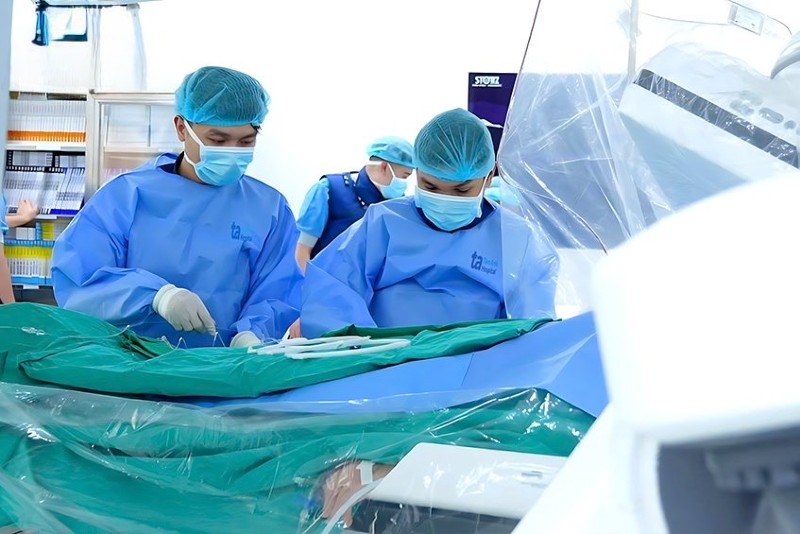 |
| The patient is currently receiving treatment at the medical facility. |
Upon reviewing his medical history, doctors discovered that Mr. Binh had a long-standing smoking habit. This was identified as one of the leading risk factors for atherosclerosis.
This process progresses silently without the patient's knowledge or proper treatment. Unstable atherosclerotic plaques form in his coronary arteries—the "fragile" type—containing high levels of cholesterol, with thin walls and poor durability. During strenuous activity, specifically while playing pickleball, a sport requiring speed and endurance, the plaque ruptures, forming a blood clot that completely blocks the coronary artery, leading to an acute myocardial infarction.
Immediately after diagnosis, Mr. Binh was transferred to the intervention room. The medical team proceeded to place a stent in the right coronary artery branch under the guidance of intravascular ultrasound (IVUS).
From the time the patient arrived at the emergency room until the door-to-balloon was injected to restore blood flow, it took less than 30 minutes. This achievement far exceeded the American Heart Association/ACC recommendation of under 90 minutes. Timely myocardial reperfusion helped reduce the risk of complications and preserve heart function.
Following the intervention, the patient quickly recovered from critical condition, the chest pain subsided, and cardiac function stabilized with an ejection fraction (EF) of 55%.
After a week of monitoring, with his health stable, Mr. Binh was discharged from the hospital with instructions to take his medication regularly, engage in light exercise, and gradually increase the intensity under medical supervision. However, he should not return to high-intensity contact sports such as pickleball until his cardiovascular system is assessed as completely stable.
Dr. Nguyen Hoai Vu said that Mr. Binh's case is a wake-up call, showing that myocardial infarction can occur even in young people. Mr. Binh is only 42 years old, falling into the "early onset" group for myocardial infarction, which is defined as men under 55 and women under 65.
In recent years, medicine has paid particular attention to the concept of "plaque vulnerability." Approximately 60-70% of acute myocardial infarction cases are caused by unstable lipid plaques, even if the degree of vascular narrowing is only mild or moderate. Individuals with cardiovascular risk factors such as smoking, dyslipidemia, high LDL-C, diabetes, obesity, and sedentary lifestyles are at a higher risk of developing this dangerous type of plaque.
It's worth noting that currently, it's impossible to accurately detect unstable lipid plaques without using modern imaging techniques such as next-generation coronary CT angiography, intravascular ultrasound (IVUS), or optical coherence tomography (OCT). Therefore, Dr. Vu emphasized that not only the degree of narrowing of the vessel lumen determines the risk of myocardial infarction, but the nature of the atherosclerotic plaque is the key factor.
For individuals with cardiovascular risk factors, doctors recommend proactive screening through regular health checkups, blood lipid tests, electrocardiograms, echocardiograms, and coronary CT angiography if indicated. Simultaneously, maintaining a healthy lifestyle is essential, including a balanced diet, limiting saturated fats and refined sugars; regular exercise at an appropriate intensity; weight management; and absolutely no smoking.
Pickleball, a high-speed sport requiring quick reflexes and continuous movement in multiple directions, is a form of strenuous exercise. Sudden accelerations and changes in direction can cause the heart to work intensely for short periods, easily leading to arrhythmias or myocardial ischemia in middle-aged or elderly individuals with pre-existing conditions.
Therefore, for high-intensity sports such as pickleball, football, tennis, etc., individuals with underlying cardiovascular conditions or cardiovascular risk factors need to be thoroughly assessed before participating.
Checking heart function, performing stress tests, or consulting a cardiologist are necessary to determine appropriate exercise levels and prevent sudden cardiovascular events during training.
Mr. Binh's case is a vivid example showing that the heart doesn't "age" with time, but "gets tired" depending on how we treat it. Myocardial infarction can come suddenly, but it is entirely preventable if you know how to take care of your health early on, proactively screen for illnesses, and listen to your body every day.
Source: https://baodautu.vn/nguy-co-mac-nhoi-mau-co-tim-sau-nhieu-nam-hut-thuoc-la-d413646.html











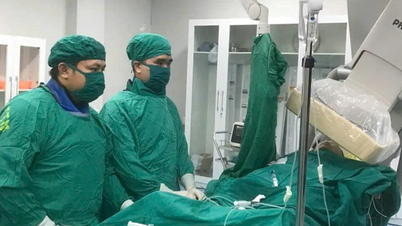









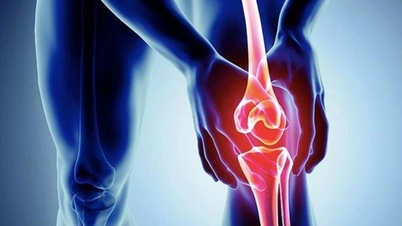

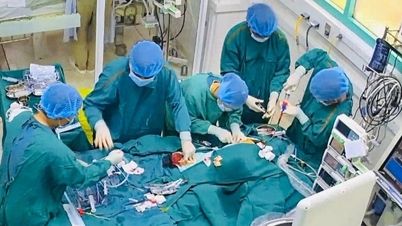





































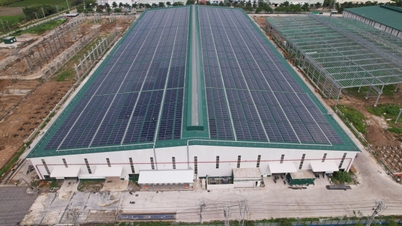










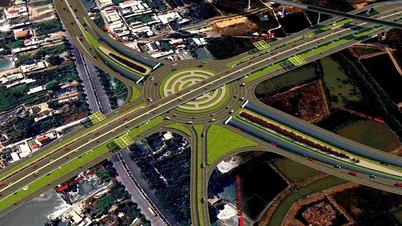












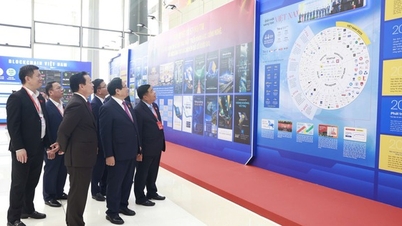


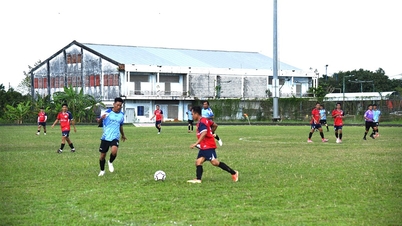





















Comment (0)